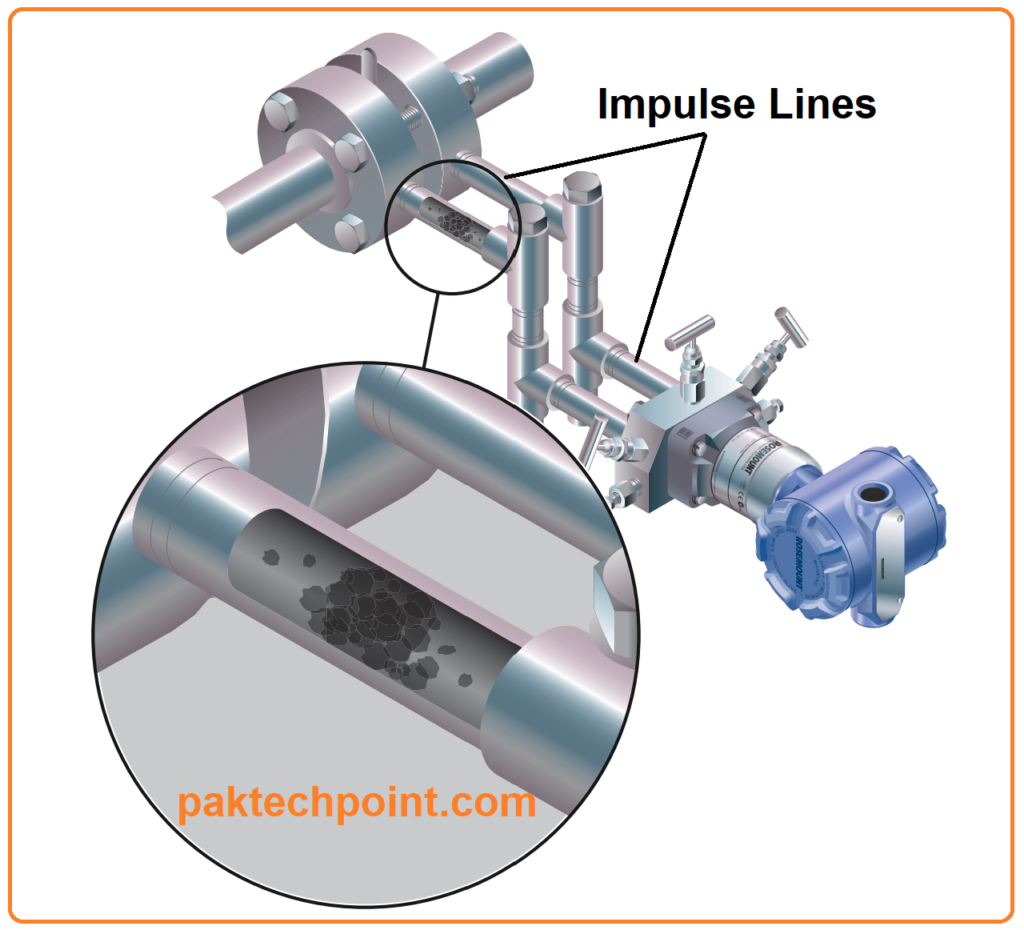This article emphasizes the critical importance of preventing blockages in impulse lines, which are essential for precise flowrate measurements in process control applications. It addresses blockages caused by freezing and highlights research findings that suggest many trace-heating systems are not functioning correctly. The article provides practical solutions to prevent freezing-related blockages, such as proper temperature exposure, clamping techniques, insulation, and slope management.

Additionally, it discusses the utilization of smart pressure transducers to proactively detect and predict blocked impulse lines, explaining their ability to learn frequency characteristics and detect anomalies. It emphasizes the significance of rapid pressure sensors for this purpose.
The article also delves into the validation of smart pressure transducers in refinery scenarios and their critical role in preventing costly shutdowns in fluid catalytic cracking units.
Furthermore, it offers insights into trace heating techniques involving steam and the importance of uniform protection for both impulse lines. It cautions against splitting steam trace lines without individual steam traps to avoid potential issues.
Lastly, the article explores wax-induced blockages and recommends solutions like lagging or trace heating. Overall, it underscores the need for effective preventive measures to maintain unobstructed impulse lines in process control systems.
Impulse Line Blockages
Blockages within impulse lines can lead to critical flowrate data loss, posing significant risks in process control applications. This comprehensive article delves into the significance of blockage prevention and addresses issues related to freezing, offering practical solutions and insights into the role of smart pressure transducers. Additionally, it explores trace heating techniques involving steam and tackles the challenge of wax-induced blockages.
Impulse Line Blockage Prevention
- Underscores the pivotal role of impulse lines in maintaining precise flowrate measurements within process control systems.
- Stresses the importance of choosing the right impulse-line diameter to preempt blockages effectively.
Preventing Blockages Induced by Freezing
- Explores freezing as a prevalent cause of impulse line obstructions.
- Presents solutions based on research conducted by Daiber and Hughes, encompassing the implementation of trace heating systems.
- Expounds on potential issues associated with trace heating, offering strategies to circumvent them, including temperature exposure, clamping, bend-radius limits, insulation, and slope.
- Underlines the significance of top-notch instrument enclosures and robust weatherproofing to safeguard against frost.
Using Smart Pressure Transducers for Blockage Detection
- Introduces the concept of employing smart pressure transducers for proactive detection and prediction of blocked impulse lines.
- Explicates how these transducers assimilate the frequency characteristics of open impulse lines to establish a baseline “OK” condition.
- Clarifies how divergent frequency characteristics of obstructed lines can be identified and reported.
- Highlights the need for exceptionally swift pressure sensors to effectively execute this technique.
Validating Smart Pressure Transducers in Refinery Scenarios
- Illuminates the testing of smart pressure transducers to spot impulse-line blockages in refinery settings.
- Emphasizes the potential ramifications of blockages in pressure or differential-pressure transducers operating within fluid catalytic cracking (FCC) units.
Trace Heating Techniques Involving Steam
- Furnishes guidance on harnessing trace heating, particularly with steam, to deter freezing-induced blockages.
- Underlines the imperative of uniform protection for both impulse lines.
- Cautions against dividing a single steam trace line into two without individual steam traps, elucidating the potential issues.
- Stresses the need to strike a balance with trace heating to prevent unintended vaporization or steam condensation.
Combatting Blockages Triggered by Wax Buildup
- Unearths waxing as an additional culprit behind blockages within impulse lines.
- Explores potential solutions, including lagging or trace heating, to thwart wax-related impediments.
Read Also: Impulse Line Installations
What is Impulse line in instrumentation? Diagram, Tubing Size, vs Capillary Tube